Infrastructure
SNAPSHOT: Human Spaceflight

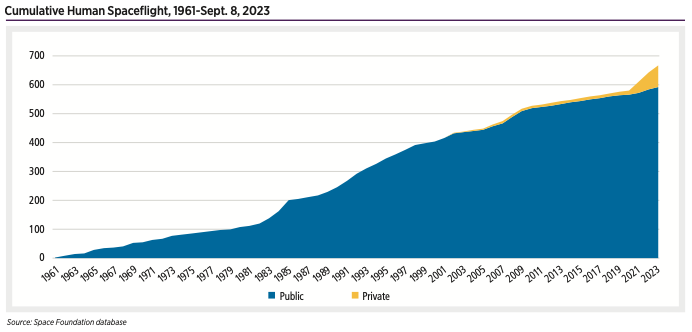
From the early days of the space race, sending humans to space has always been a key priority. The International Space Station (ISS) has maintained a continuous human presence in orbit for more than 20 years, and microgravity research on space stations has provided valuable insight for future long-term human missions in space.
India’s Lunar Landing Highlights Renewed Race to Moon
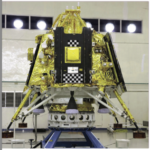
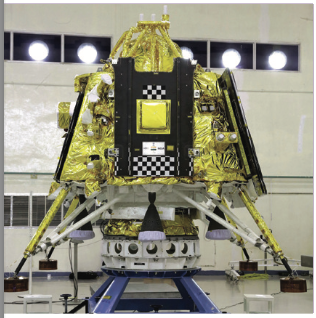
When Chandrayaan-3 touched down on the lunar south pole, India took center stage in a new Space Race to the Moon. In the coming years, China, Russia, Japan, India, and the U.S. all plan on missions to the Moon.
OSIRIS-REx Delivers Asteroid Sample After Seven Years in Space
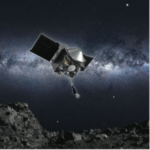
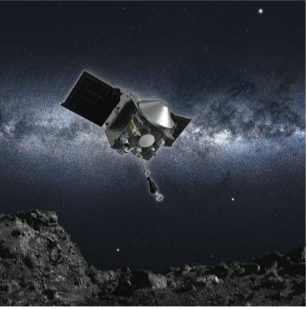
After more than a decade’s worth of planning, seven years of space flight, and 1 billion miles of travel, a sample from the asteroid Bennu has returned to Earth — but the work is only beginning.
OSIRIS-REx Delivers Asteroid Sample After Seven Years in Space
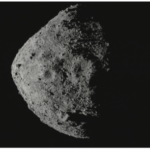
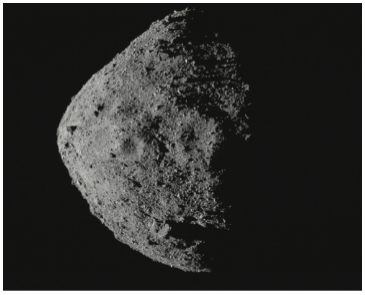
NASA’s OSIRIS-REx spacecraft returned a sample from the asteroid Bennu, which could help scientists better understand the formation of the solar system. After more than a decade of planning and seven years of space flight traversing more than 1 billion miles, a sample from the asteroid Bennu safely landed on Earth.
As Global Satellite Data Expands, Space Companies Rely on AI
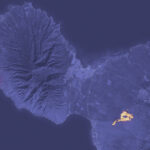
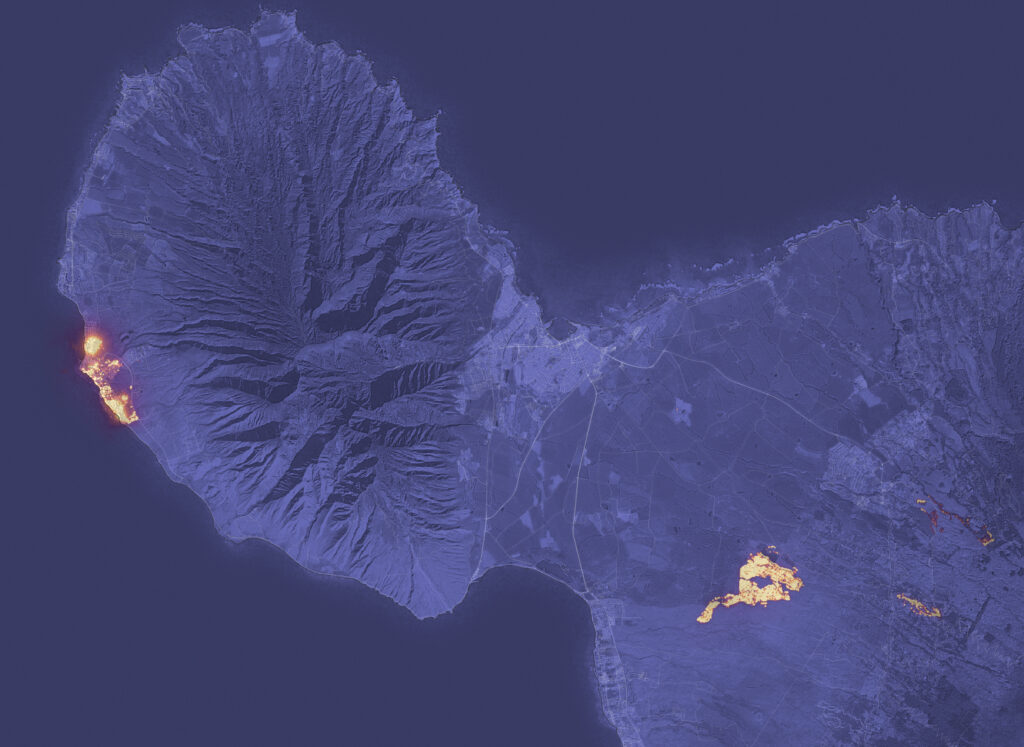
While most people may think of ChatGPT or deep fake images when they hear “artificial intelligence”, AI methodologies are proving beneficial for a variety of applications, especially in data-heavy industries such as Earth observation.
India P.M. Calls Safe Landing of Lunar Probe ‘Dawn of a New Era’

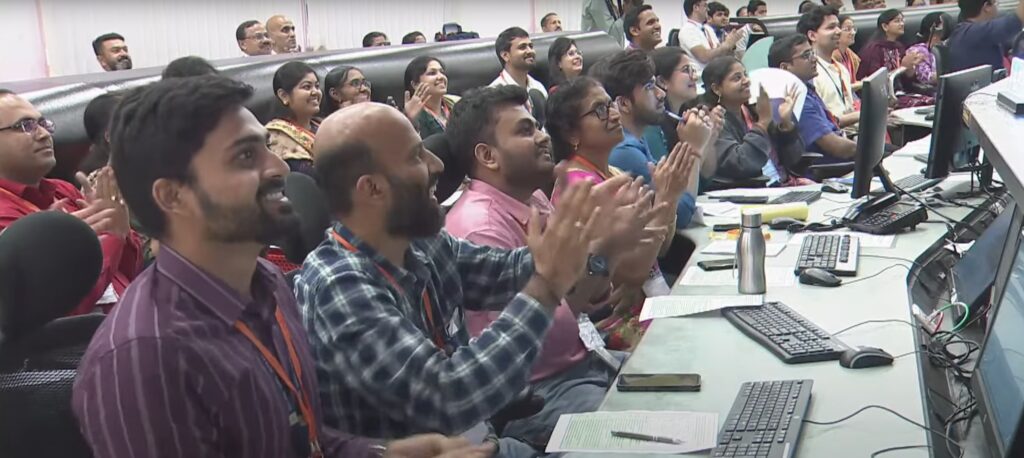
Space workers in India celebrated the landing of their Chandrayaan-3 probe, making it the fourth nation to safely land a spacecraft on the Moon, and had their efforts lauded by Prime Minister Narendra Modi. “India is on the Moon,” Modi boomed in a broadcast to India’s 1.4 billion residents.
As Russia, India Reach for Moon, NASA Supporters Work to Stop Budget Cuts
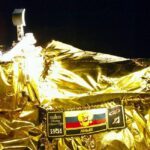
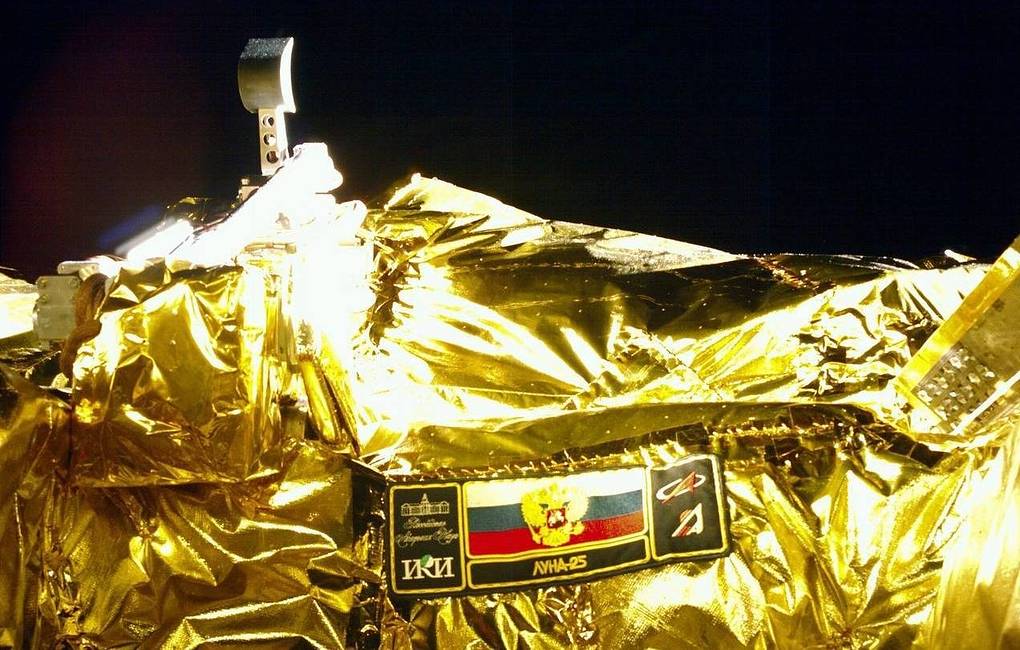
As India and Russia race to land spacecraft on the Moon’s south pole, America’s space agency is staring down proposed budget cuts. India’s Chandrayaan-3 is poised to make a soft lunar landing, which would make the nation one of only four spacefaring powers to ever place a payload safely on the lunar surface.
As LEO Popularity Surges, Concern Escalates Over Debris Risk
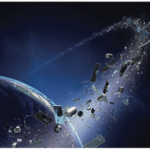
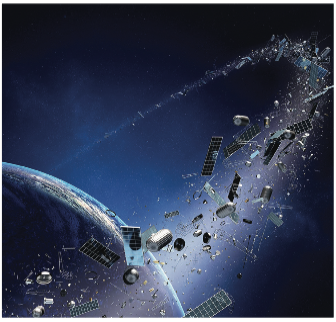
Starting with Sputnik, humankind has littered low Earth orbit with clouds of debris, with as many as 170,000 objects ranging in size from poppy seeds to defunct satellites of school-bus size whizzing around the planet in uncontrolled orbits. With an historic surge in demand for satellites in low Earth orbit, including plans that could add more than 50,000 spacecraft, and planned space stations, the debris problem could grow exponentially.
Lessons from Earthbound Launchpad Failures Inform Future Missions to Moon, Mars
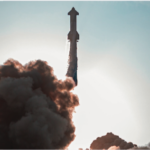
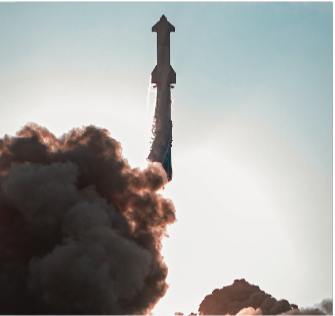
The incredible power in rocket boosters is magnificent when they are safely in the sky, but basic laws of physics are problematic closer to the ground, with every action creating an equal and concrete-shredding reaction. Now, with the Moon and Mars in NASA’s sights, engineers are working to overcome the dangers rocket thrust could bring when landing and taking off without the safety of a launchpad.
Led by U.S., China, Pace of Launch Maintains Record Levels in First Half of 2023
![A rapid launch pace by the United States and China led to a mid-year launch record in 2023, with 97 launches worldwide. [efn_note] Space Foundation Launch Database. Accessed July 3, 2023. [/efn_note] The record launch pace came with a share of failures. Six launch vehicles failed to make it to space.](https://www.thespacereport.org/wp-content/uploads/2023/07/Rocket-Labs-Electron-small-satellite-launcher-lifted-off-five-times-in-the-first-half-of-2023-150x150.png)
![A rapid launch pace by the United States and China led to a mid-year launch record in 2023, with 97 launches worldwide. [efn_note] Space Foundation Launch Database. Accessed July 3, 2023. [/efn_note] The record launch pace came with a share of failures. Six launch vehicles failed to make it to space.](https://www.thespacereport.org/wp-content/uploads/2023/07/Rocket-Labs-Electron-small-satellite-launcher-lifted-off-five-times-in-the-first-half-of-2023.png)
A rapid launch pace by the United States and China led to a mid-year launch record in 2023, with 97 launches worldwide. [efn_note] Space Foundation Launch Database. Accessed July 3, 2023. [/efn_note] The record launch pace came with a share of failures. Six launch vehicles failed to make it to space.